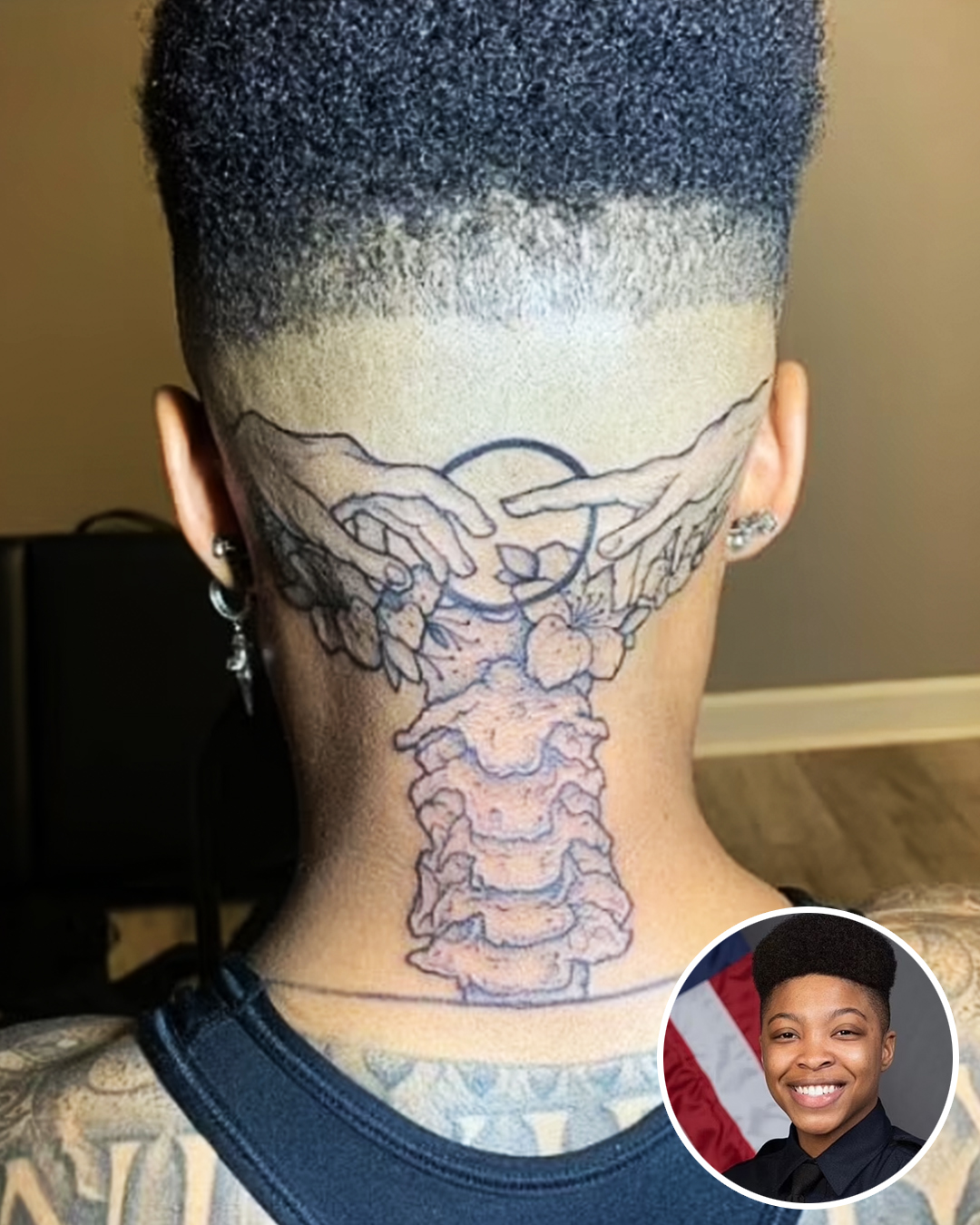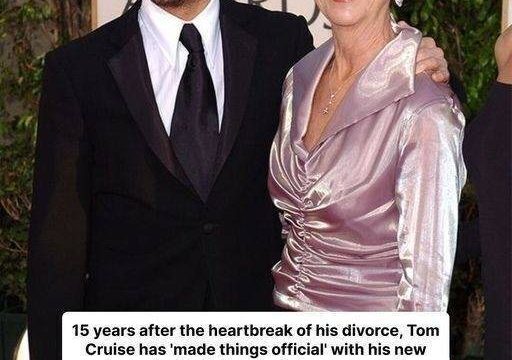Tattoos often spark lively debates. Are they meaningful expressions of identity or merely decorative choices? For some, they hold deep personal significance, but in certain circumstances, they can lead to unexpected consequences. This was the case for Kay’Ana Adams, a firefighter from Alabama, whose tattoo became the center of a controversy that ultimately cost her job.

A Tattoo Under Scrutiny
Kay’Ana, a firefighter with the Mobile Fire Department, faced unexpected challenges when a tattoo she got in June 2022, visible on the back of her head, drew complaints. After just nine months on the job, she found herself under investigation.
At the time, the department’s policy prohibited tattoos on the face or neck but did not explicitly address head tattoos. Confident she was following the rules, Kay’Ana believed her tattoo was within policy and could be concealed if needed. “I thought I could have mine done tastefully,” she told WKRG. Yet, despite her efforts, someone lodged a formal complaint about her tattoo.
An Attempt to Comply
The department suggested she grow her hair to cover the tattoo. Kay’Ana complied, letting her hair grow to conceal the ink. But the issue didn’t end there. Shortly after, a second complaint arose, this time criticizing her hairstyle for not adhering to department guidelines.
“We have different textures of hair,” Kay’Ana explained. “You don’t understand how long it takes for my hair to grow.” Despite her attempts to meet the expectations, tensions continued to rise.
A Policy Change and a Surprising Turn
The situation took a dramatic turn when the department updated its policy, banning head tattoos altogether—just months after Kay’Ana got hers. Though she had complied with the previous rules, this change left her vulnerable. On November 10, 2023, a captain photographed her head, where her tattoo was hidden by her hair. Within hours, she was fired.
“I was blindsided,” Kay’Ana shared. “I never thought it would come to this, especially since I was in compliance. It’s just a tattoo. What’s behind me shouldn’t affect the work that’s in front of me.” Reflecting on her love for firefighting, she added, “I really enjoyed being a firefighter. That’s the saddest part—I loved what I was doing.”
The Personal Meaning Behind the Tattoo
Kay’Ana’s tattoo wasn’t merely decorative; it carried profound personal significance. It symbolized her resilience and determination in the face of scoliosis, a condition marked by a sideways curvature of the spine that can range from mild to severe.
“I got the tattoo to remind myself and others that, despite having scoliosis, I can still pursue my dream of becoming a firefighter,” she explained. “It’s a message that you can reach your goals no matter the challenges you face.”
The Bigger Picture: Workplace Dynamics
While the tattoo was cited as the official reason for her dismissal, Kay’Ana believes the real cause lay elsewhere. She had been vocal about inappropriate workplace behavior, including sexist remarks from two male firefighters and a troubling incident during training where jokes about tying nooses were made.
“I stood up and said, ‘If you want to learn how to do that, I think it’s best to do it on your own time,’” Kay’Ana recounted. Her willingness to address such issues led to heightened tensions within the department.
Two captains, Jason Craig and Rodrick Shoots, supported her but faced consequences for doing so. Craig was suspended for 30 days, while Shoots was terminated for allegedly obstructing orders and using disrespectful language. Public Safety Director Lawrence Battiste explained the decisions, stating that Craig’s suspension was for insubordination and failure to report policy violations, while Shoots was fired for hindering a superior’s orders.
A Broader Debate
Kay’Ana’s story shines a spotlight on the delicate balance between personal expression and workplace policies. Tattoos, hairstyles, and other forms of individuality often collide with strict professional standards. Her dismissal raises important questions: Should workplaces prioritize conformity over self-expression? Can individuality coexist with traditional expectations of professionalism?
For Kay’Ana, the experience was bittersweet. Her tattoo symbolized perseverance and personal identity, but it also became a point of contention. Her case challenges us to rethink how we view personal expression in professional settings and whether policies should evolve to reflect a more inclusive approach.
What Does This Mean for the Future?
Kay’Ana’s story isn’t just about a tattoo—it’s about broader issues of individuality, workplace dynamics, and the challenges of navigating rigid professional standards. Her determination to stand up for herself and others underscores the importance of fostering environments where expression and respect coexist.
As workplaces continue to evolve, stories like Kay’Ana’s remind us of the need for thoughtful dialogue about balancing personal identity with professional expectations. What do you think? Should individuality be celebrated, or should traditional standards hold firm?





